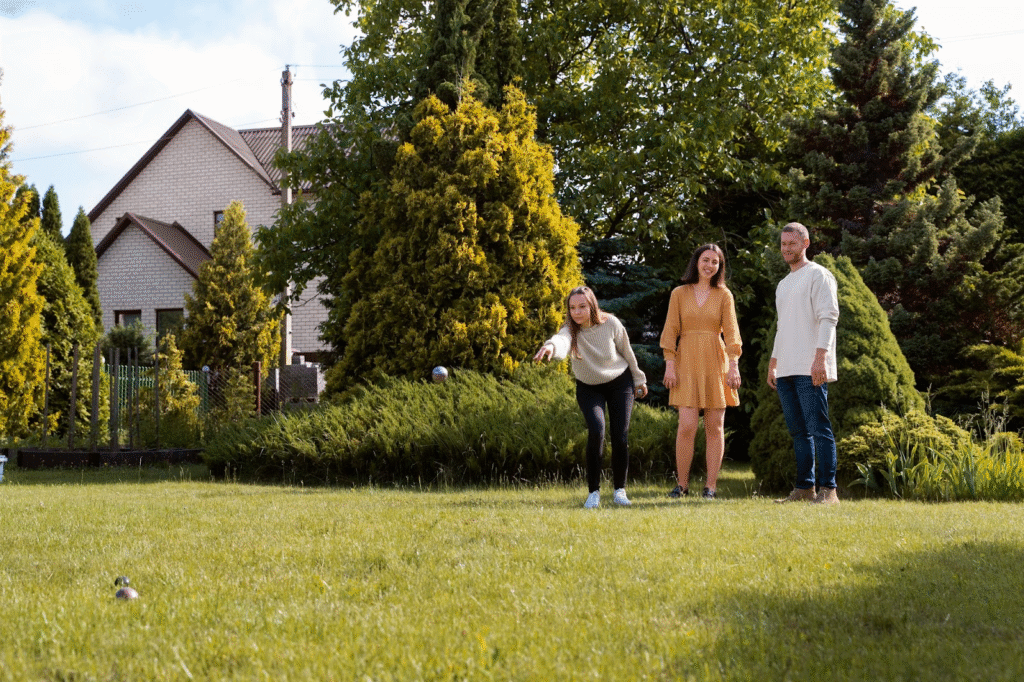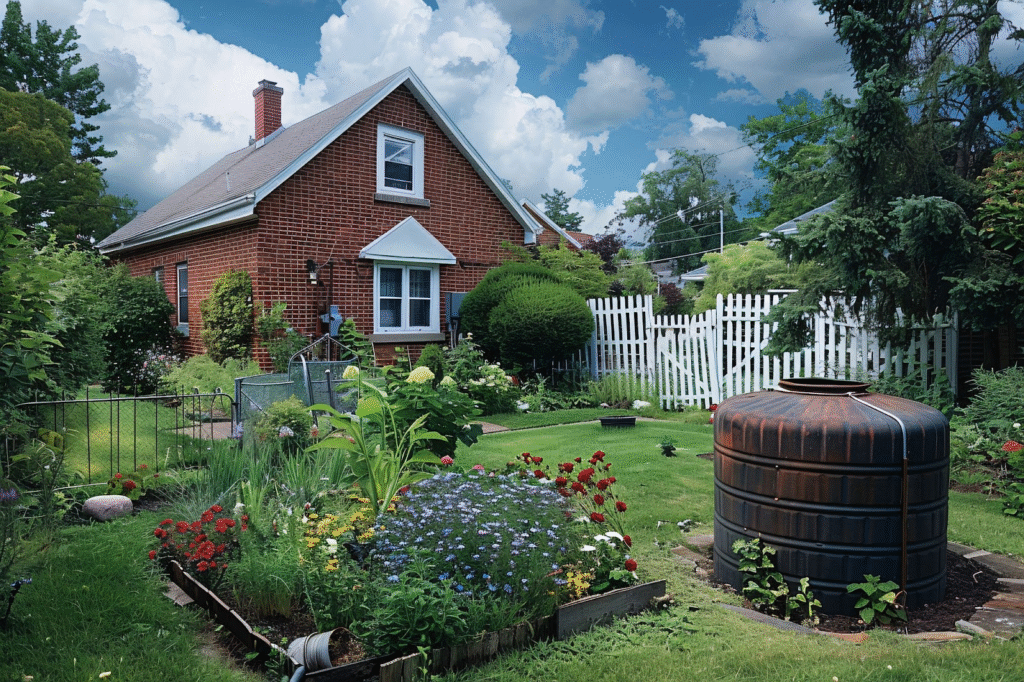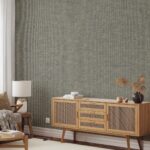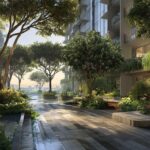An intended and well-executed yard enhances exterior aesthetics and creates lasting value for a home. For homeowners and sellers, a creatively planned yard creates the difference between an OK home that is rented for an average return versus a home that is rented for a premium price. In a competitive setting, features such as a well-edited green space, a defined path with functionality, and outdoor activities communicate to renters that the owner is engaged and the property is ready for enjoyment. For example, professionals in property management in Houston often remark that a clean, landscaped yard helps homeowners secure better rent in a city with solid demand.
Key Principles for Designing a Yard That Adds Value

Source: Freepik
Designing an attractive yard does not require professional landscaping expertise from the start—just a good understanding of what makes outdoor spaces functional and visually appealing. Here are five essential tips that beginners can use to transform their yards into standout features that can boost property value and increase rental appeal.
1. Start with Function and Flow
The first step in landscaping is to think about how the exterior spaces will be used, or how to define a dining space, lounge zone, or garden area. This creates focus and meaning for the outdoor spaces. Pathways, patios, and defined green spaces can provide focus and intention. For example, property management Bay Area experts pointed out that tenants over here are commonly searching for an outdoor space that serves multiple purposes, due to compact living and property values in the Bay Area.
Did you know?
A 2083 sq. ft. house in Houston goes for rent for $4,000 per month.
2. Focus on Low-Maintenance Planting
One mistake commonly made when landscaping is to select plants that look appealing yet will necessitate considerable maintenance. If you are a homeowner preparing your property for rent or resale, make the decision to install low-maintenance shrubs, perennials, and drought-tolerant plants to reduce maintenance demands on the ongoing use of the property while adding curb appeal to your landscape for year-round interest. In areas with climate variation, sustainable planting options can also contribute to long-term cost savings. When tenants are less burdened by the work required to care for the yard, they are far more likely to invest time in caring for the property.
3. Add Curb Appeal with Strategic Details
Minor design elements can make a surprisingly large impact. For example, framing entryways with towering pots of plants, utilizing lighting to line pathways, or executing a clean border between grass and flower beds can make a property feel fresh and take care of the cosmetic curb appeal. Curb appeal is important when listing a property since it is pronounced that the exterior is first noticed in the batch of images shown to a renter or buyer. A great-looking home provides substantive signs of reliability to a prospective tenant and can help in negotiations between the tenant and landlord, creating a favorable situation for the landlord.
Did you know?
A 600 sq. ft. with 2 bedrooms goes on rent for $3,500 per month.
4. Integrate Outdoor Living Features
Today’s renters are more interested in outdoor living spaces that can be an extension of the home. Many people value some added features for exterior spaces attached to a property. For example, a pergola, fire pit, or even a simple seating area can make a yard usable for a greater portion of the year. Even small changes can have an impact: a wooden deck or built-in bench creates more inviting spaces and can make a property more appealing to renters. Various outdoor features can help raise a property’s perceived value while also increasing the chances a landlord can charge higher rents, especially in areas with valued lifestyle appeal.
5. Prioritize Cleanliness and Consistency
No matter the complexity of the landscaping project, having a presentable property with a degree of uniformity is important. The landlord does not need the lawn to look like a golf course (although it is nice), but when the grass is trimmed, the flowerbeds have fresh mulch, and the patio is tidy, it shows that the property is cared for. For landlords, consistency in this area helps support a sustainable and long-lasting yard and reduces the stress of a higher renter turnover. Renters prefer to rent homes that look move-in ready in every space, and a tidy outdoor living space is just as important as a clean indoor living space.
End Point
Landscaping is not a visual enhancement; it is a deliberate investment in a property’s value for long-term rental value. Everything from functional layouts to outdoor living spaces matters to the marketability of a property. A well-designed yard can help sellers attract serious buyers, and landlords can charge more rent in competitive markets.






